Phoenix Contact Machine and work bench luminaire

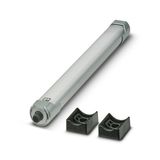
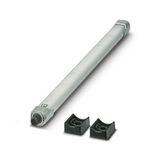
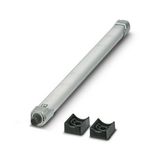
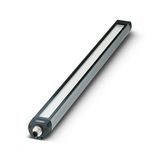



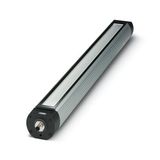

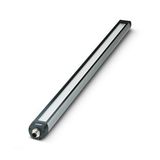
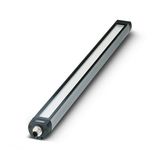

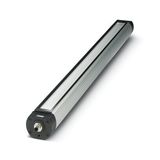
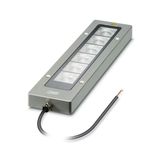
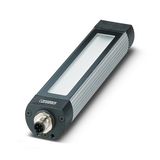

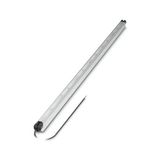

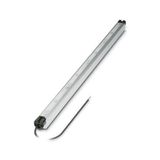
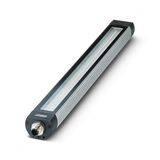
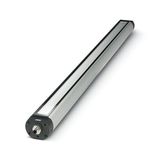


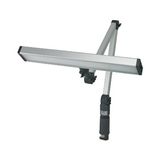
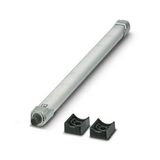
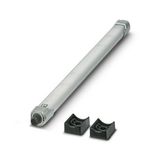

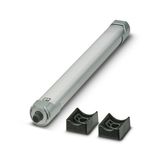
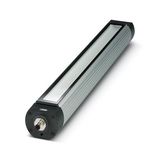
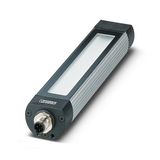
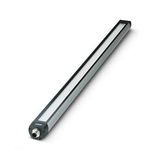
If you are equipping machinery, test benches, or maintenance bays, the question isn’t “LED or not.” It’s: will the luminaire survive vibration, oils, and long runtimes while keeping operators glare-free and focused? Below is a practical, engineering-grade guide to Phoenix Contact machine and work bench luminaires—how to choose, what to verify before ordering in bulk, and how to integrate them cleanly into existing control panels and harnesses.
What “industrial-grade” means here
- Supply & interfaces: typically 24 V DC with M12 A-coded connectors for fast swap; some lines add terminal blocks for fixed wiring.
- Ingress & impact: IP54–IP67 for swarf, dust, and coolant spray; IK07–IK08 housings for accidental knocks.
- Thrmal management: extruded or finned aluminum bodies; lumen maintenance designed for long duty cycles.
- Optics: clear or diffuse covers, symmetric or 15–60° beam options; glare control for close-range task lighting.
- Color & quality: CCT 4000–5000 K for neutral task light; CRI ≥80/90 variants for inspection.
- EMC/ESD: machine-friendly drivers with low flicker and EMC compliance; ESD-aware bench options
- Standards to check: EN 60598, photobiological safety (IEC 62471), CE/UKCA; many models carry UL for export panels.
Phoenix Contact machine lighting — where each type fits
Linear LED machine luminaires (enclosed)
Best all-rounders for machine lighting inside guards and enclosures. Long, uniform bar of light, minimal shadowing on tooling. Look for versions rated IP65/67 with solvent-resistant lenses for coolant environments.
Typical uses: CNC interiors, press brakes, pick-and-place cells.
Order checks: length (200–1200 mm), beam (wide vs focused), connector orientation, and whether you need through-wiring.
Compact workbench/task luminaires
Purpose-built industrial workbench lights for assembly lines, QC, and electronics benches. Diffusers and micro-prisms limit eye fatigue during long shifts.
Typical uses: harness assembly, optics/PCB inspection, small parts picking.
Options: high-CRI bins, dimmable variants (PWM or 1–10 V), on-head switches, articulated arms.
Maintenance & service-area lights
Rugged sticks and bars for maintenance area lighting—magnetic brackets, protected switches, impact-resistant tubes.
Typical uses: service bays, plant walkways, inside panels during commissioning.
Good to have: IK08 tubes, spiral-cable kits, quick-disconnect M12 to avoid rewiring.
Spec details that decide ROI
- Lumen density vs glare: aim for 750–1500 lx at the working plane without hot spots; choose diffused optics at <1 m distances.
- Driver behavior: constant-current with <5% flicker; for cameras/vision cells, ask for flicker-free specs.
- Chemicals: coolants, cutting oils, IPA; verify lens polymer (PC vs PMMA) and seal materials.
- Vibration: look for tested assemblies; captive hardware prevents loosening on presses and gantries.
- Thermal window: many lines run -20…+40/50 °C; hot cells may need derating or heat-spreaders
- Serviceability: field-replaceable accessories (M12 cords, brackets, diffusers) keep downtime near zero.
Wiring and control notes
- 24 V DC, M12 is the workhorse. Keep voltage drop in mind on longer runs; size cables accordingly.
- Dimming/triggering: PWM is common; where HMI dimmers exist, ask for 1–10 V versions.
- Safety interlocks: if luminaires sit inside guarded spaces, tie feed into the safety-rated machine enable as required by your risk assessment.
Quick selection map
- Tight, reflective spaces (CNC, cabinets): slim LED machine luminaires with diffuse covers, IP67.
- Benches (electronics, fine assembly): high-CRI work bench luminaires, neutral white, low-glare optics, dimmable.
- Mobile service/maintenance: impact-resistant bars with magnets/hooks, replaceable M12 leads.
Procurement checklist (bulk orders)
- Confirm CCT/CRI bin and optic per station type (assembly vs inspection).
- Fix connector type/lengths: M12 angle/straight, 2–5 m cords, daisy-chain yes/no.
- Validate IP/IK vs coolant and tool impact exposure.
- Align mounting kit SKUs (pivot, arm, corner, T-slot).
- Ensure compliance pack (EN/UL docs) for panel sign-off and audits.
- Lock forecast and MOQ; request mixed-length cartons to match line balance
- Keep spares ratio (typically 2–5%) for shift-critical cells.
FAQ for engineers and buyers
Are these suitable as task lighting systems on vision stations?
Yes—choose flicker-free drivers and neutral-white high-CRI versions; avoid narrow beams that create specular glare on parts.
Can I reuse existing Phoenix Contact harnessing?
If your harnesses are M12 A-coded 24 V DC, most Phoenix Contact LED machine luminaires will drop in. Check pinout and current draw.
What if benches need both ambient and task light?
Pair a diffuse linear bench bar (~4000 K) with a focused spotlight for detail work; wire both to the HMI dimmer channel.
How do I spec for oily environments?
Choose IP65/67 bodies, oil-resistant lenses/seals, and protected switches; verify chemical compatibility with your coolant SDS.
Do you supply workspace LED lights with dimming?
Yes—PWM and 1–10 V options are common; some bench models include on-head dimmers.
Why choose Bank of Lamps (distributor)
- Industrial fit: we help match Phoenix Contact machine lighting to line-by-line lux, EMC, and mounting constraints—not just length and watts.
- Stock depth & consistency: EU-wide delivery from our distribution flow with stable replenishment for repeatable builds.
- B2B terms: volume pricing, staged deliveries for phased commissioning, and predictable lead-time windows.
- Documentation on hand: conformity packs (CE/UL), datasheets, and wiring notes prepared for panel sign-off.
- After-sales continuity: spare parts lists (cords, brackets, diffusers) tied to your station map to cut downtime.